Slobot About Town CXXXI:
 |
 |
Slobot goes to Bull Street, pt. 03!
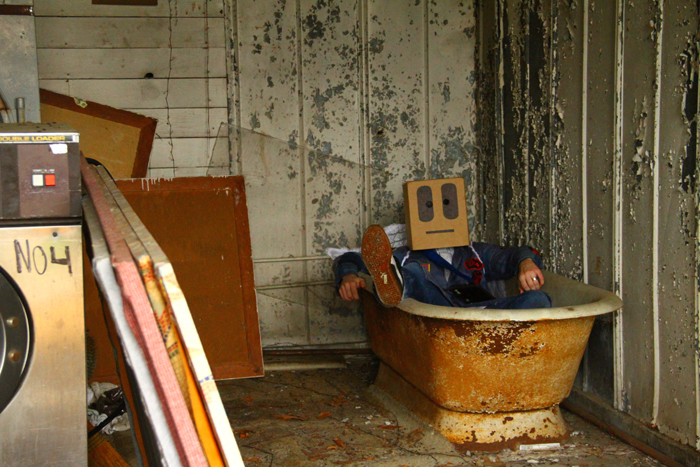
Slobot's exploration of the Bull Street campus of the South Carolina State Hospital had left him exhausted.
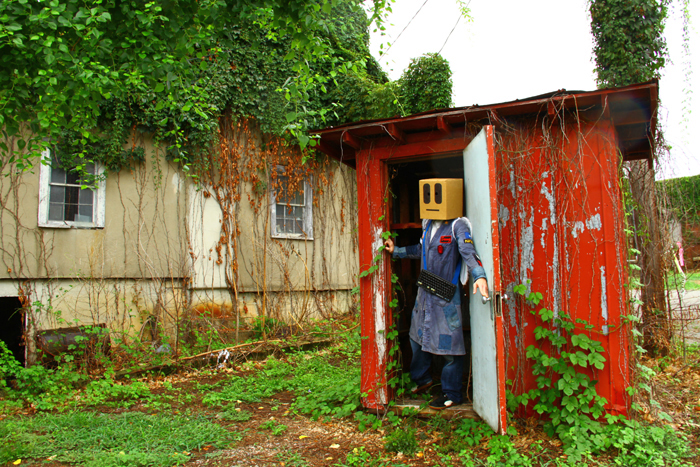
After a night spent sleeping soundly in a bathtub, Slobot was again ready to explore!
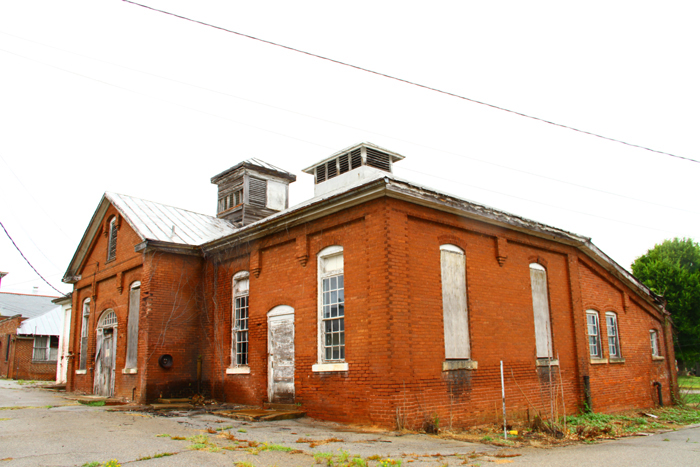
Slobot soon found the Laundry and Bakery Building, the oldest portion of which dates to ~1897. The Laundry was built to replace an earlier facility that was destroyed by an earthquake on August 31, 1885. |
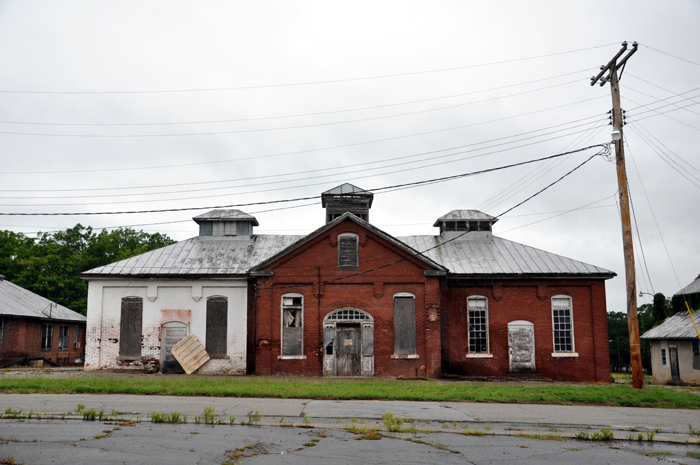
The white-washed part of the building is the Bakery where flour and bread were stored.
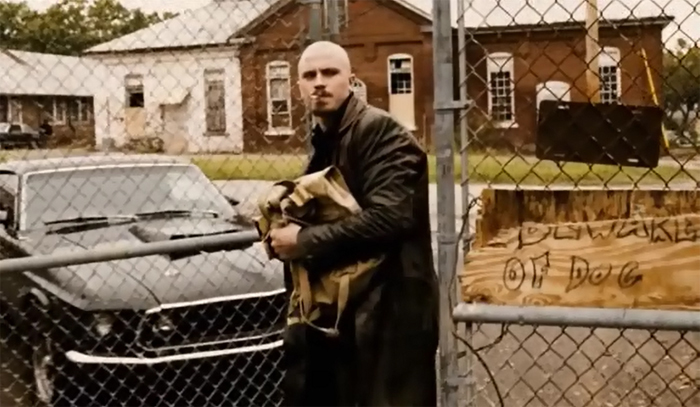
In the 2007 Kevin Bacon film Death Sentence the bad, bad bald guy hangs out across the street from the old Bakery. |
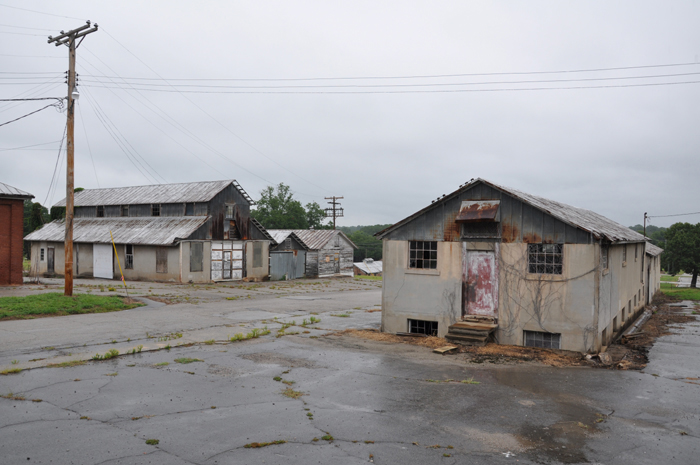
There is an assortment of other buildings on campus, many of which were, like the Laundry and Bakery Building, part of the campus' occupational therapy programs. |
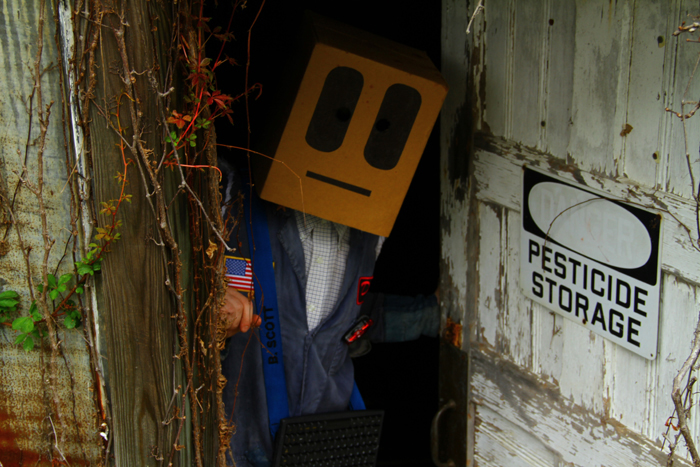
Patients were encouraged to work as part of their therapy,
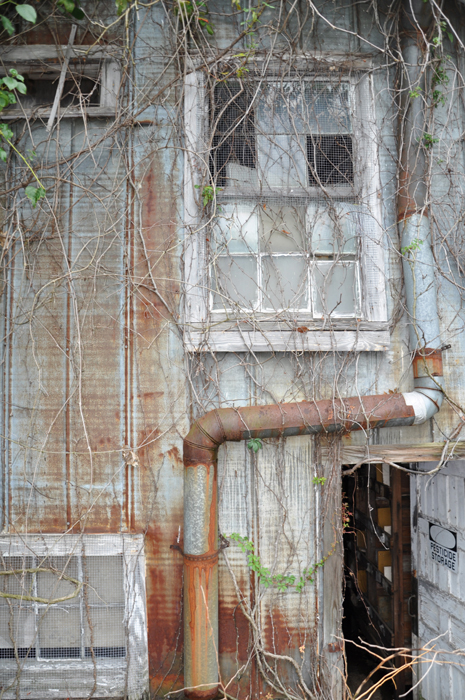
but those patients received no recompense for their labors.
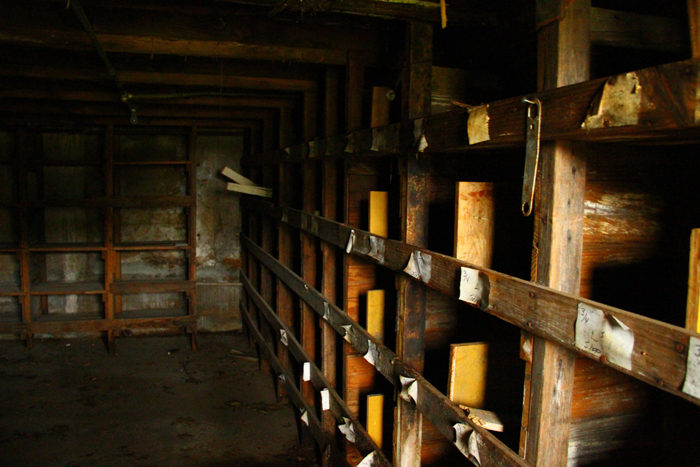
One could, as part of one's occupational therapy, work the grounds, laundry, bakery, or dining halls.
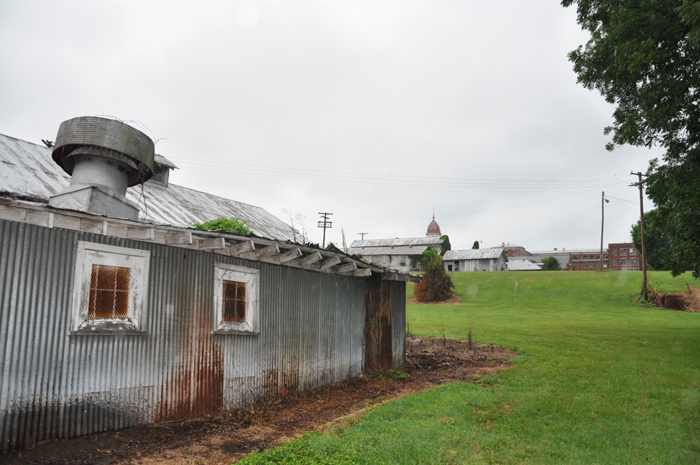
A patient could also make mattresses and mattress covers...
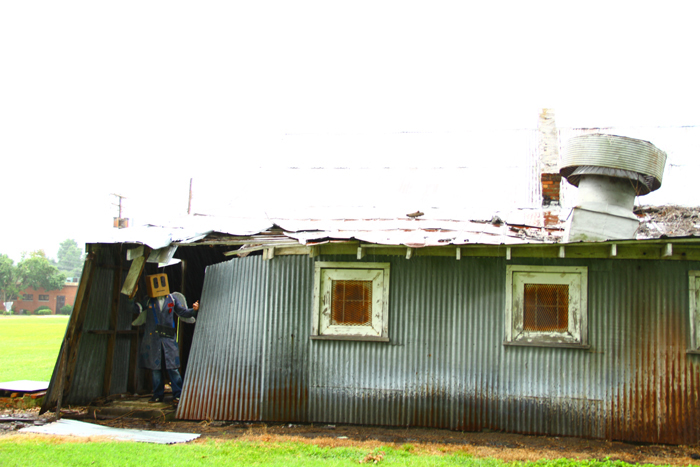
at the Mattress Factory!
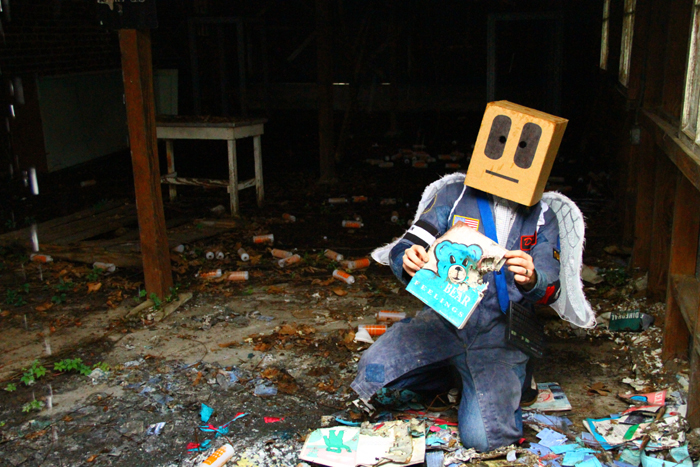
The Mattress Factory was built ~1904.
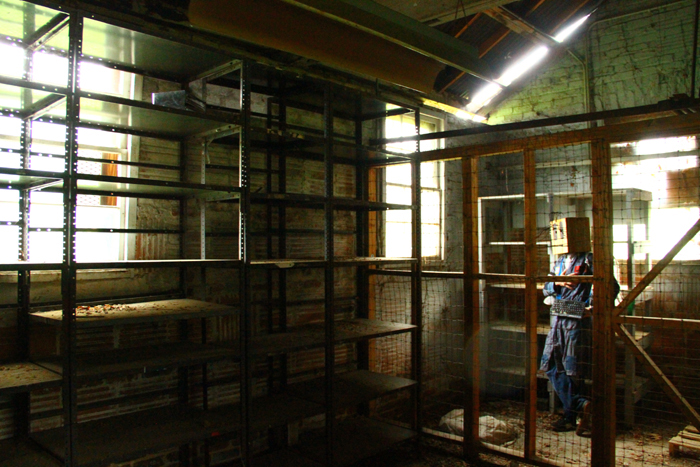
In ~1921 the original mattress factory burned and so had to be rebuilt.
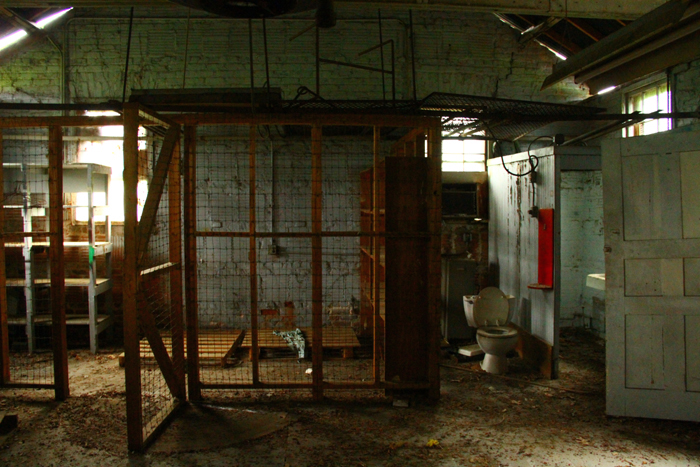
At any given time a dozen or so patients would work in the Mattress Factory. |
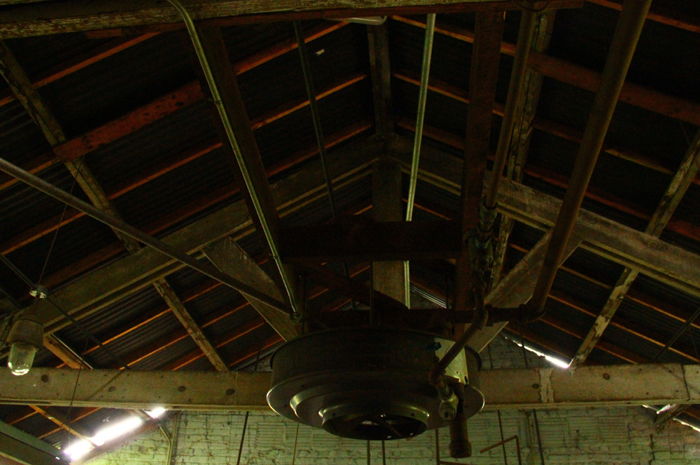
1953 was a banner year for the factory as they produced 3,000+ mattresses and nearly 2,000 mattress covers. |
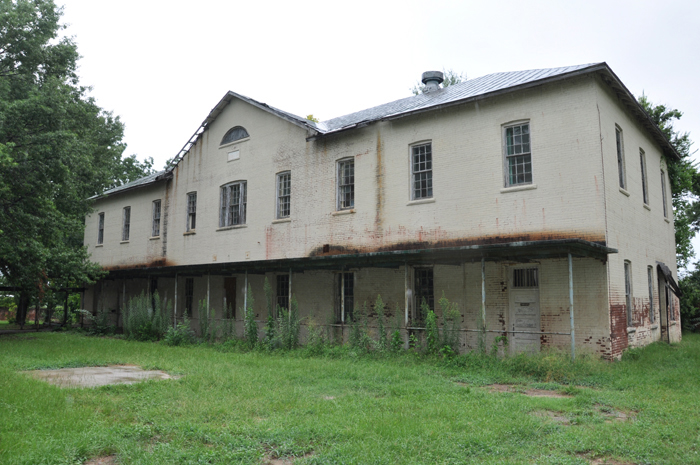
Slobot wandered back up the hill from the Mattress Factory. There Slobot found the Parker Annex. The Parker Annex was built in 1910 to relieve overcrowding of male, African-American patients in the adjacent, and no longer extant, Parker Building. |
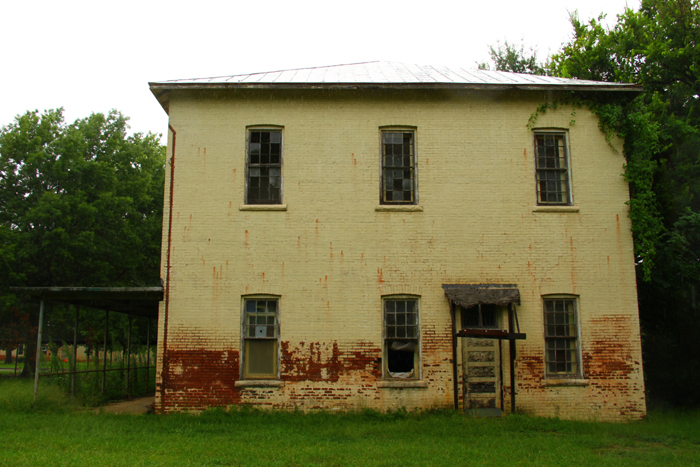
Segregation was the law, not only in the outside world, but also within the cloistered campus of the South Carolina State Hospital. By 1926 African-American patients were removed from the Bull Street campus to the new State Park campus outside Columbia city limits. White males then took up residence in the Parker Annex, particularly tubercular white males |
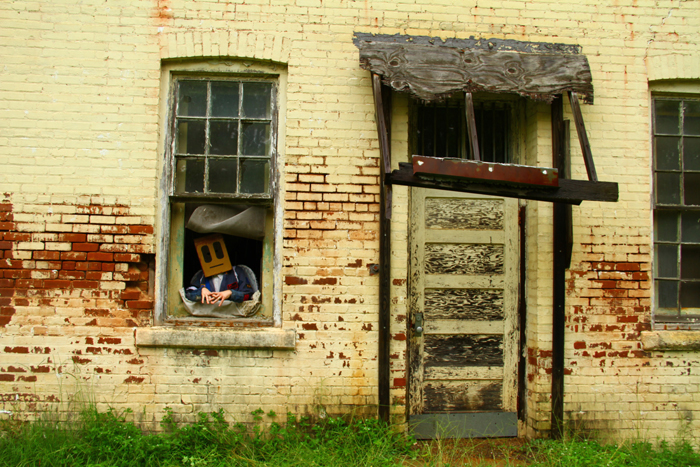
The area between this side of the Parker Annex and the opposite brick wall were excavated in 2014.
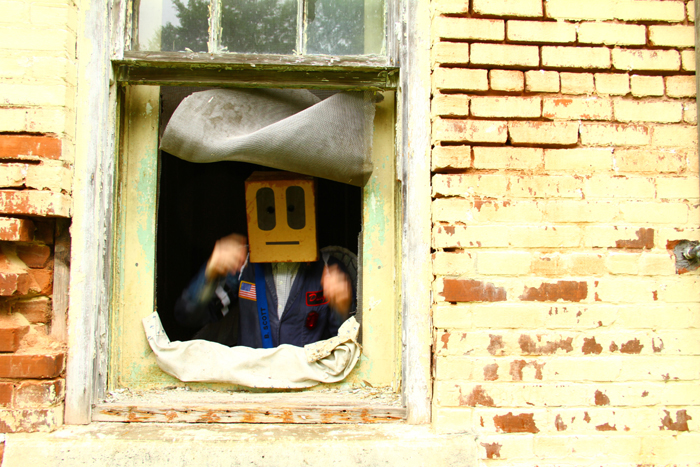
Chief archeologist Chester DePratter was specifically interested in the history of the site from December 12, 1864 to February 14, 1865, when the Confederate States of America operated a POW camp on the site. |
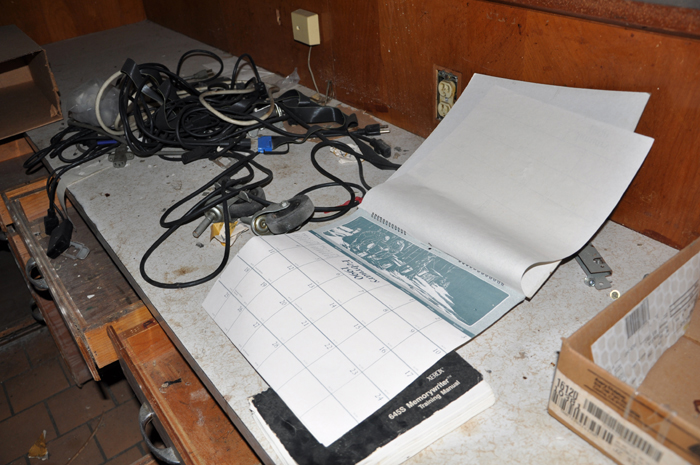
The camp, known as Camp Asylum, only operated for 2 months but those were 2 hard months for the 1,200+ captured Union officers. |
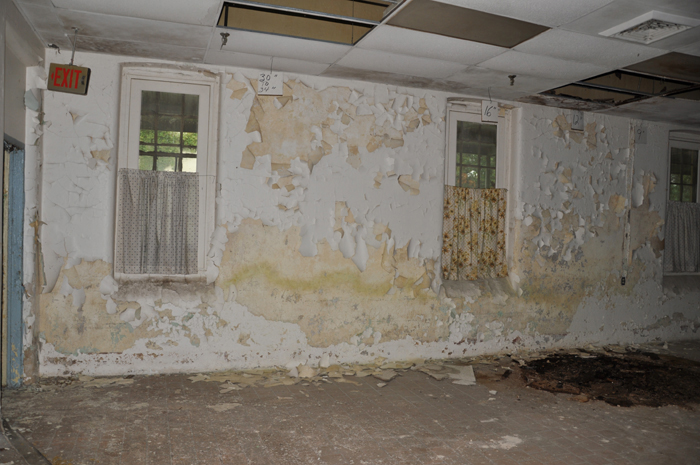
Some of the POWs were stationed in barracks, but others had to fend for themselves in an open field.
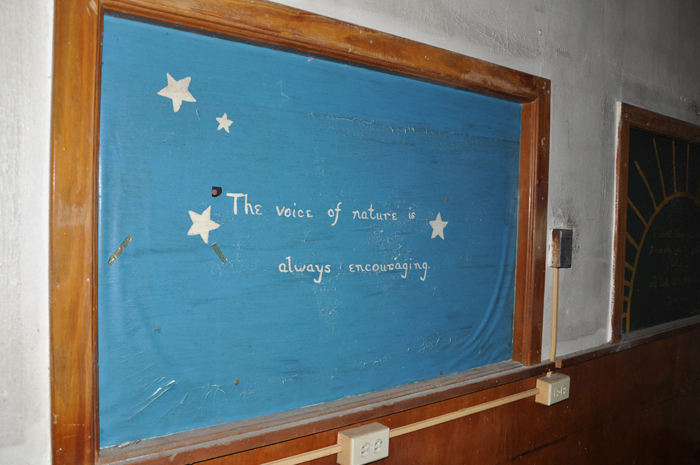
Some dug crude shelters out of the red clay. Those crude shelters are known as shebangs.
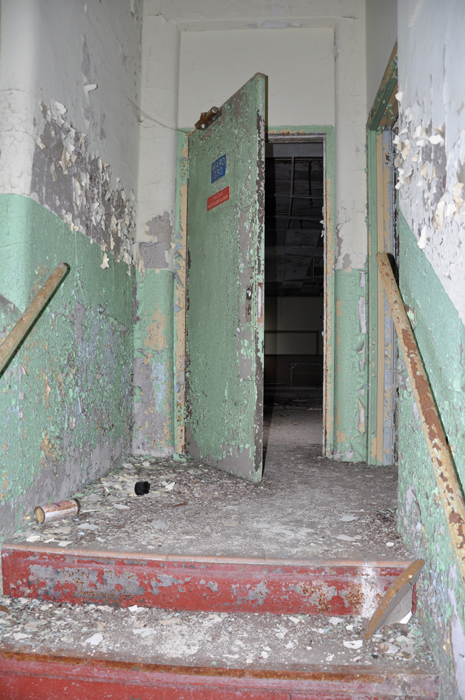
Remnants of those shebangs, along with buttons and utensils, were recovered during the excavation.
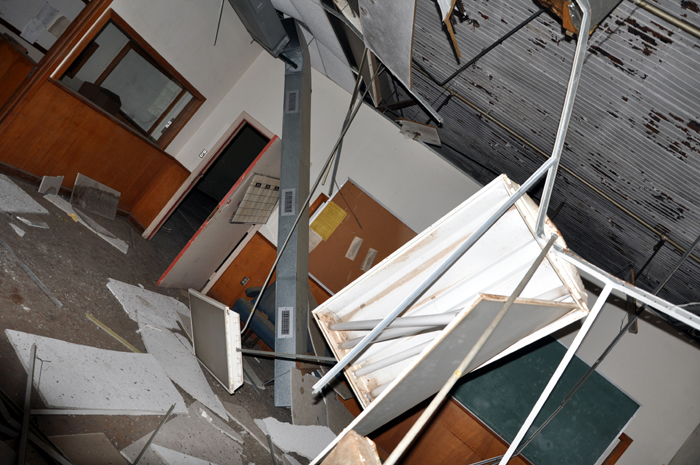
Rumors of an approaching General Sherman led to the dissolution of Camp Asylum; it closed on Valentine's Day of 1865. Its POWs would be shuttled to other POW camps further from Sherman's army. |
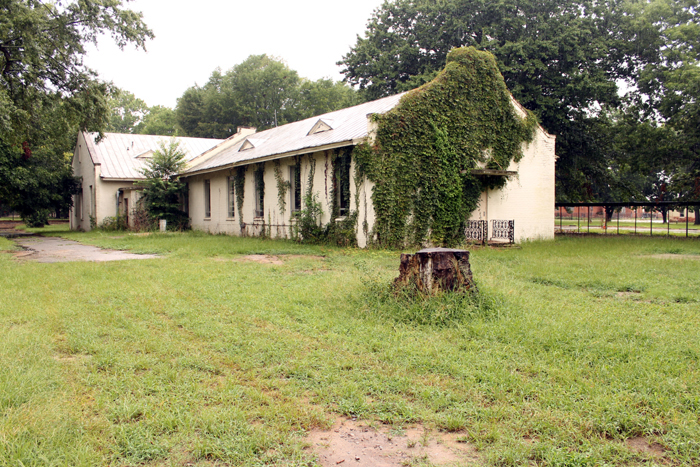
Adjacent to the Parker Annex Slobot discovered an ivy-covered building. Known as LaBorde today, it was built in 1929 to house white, male tuberculosis patients. |
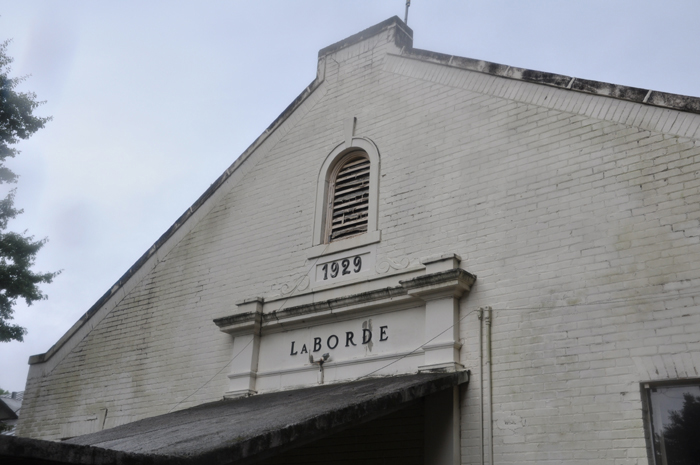
LaBorde would, by the late 1940s, be converted into a home for four dozen elderly and infirm patients.
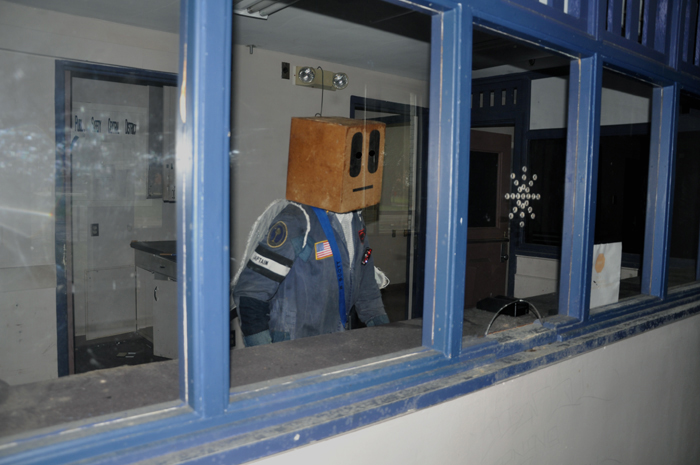
Then South Carolina Governor James F. Byrnes visited the State Hospital and the LaBorde building. Byrnes' visit was meant to shine light on the overcrowding that the State Hospital was facing. And shine a light he did. It was the beginning of a societal trend towards deinstitutionalization. |
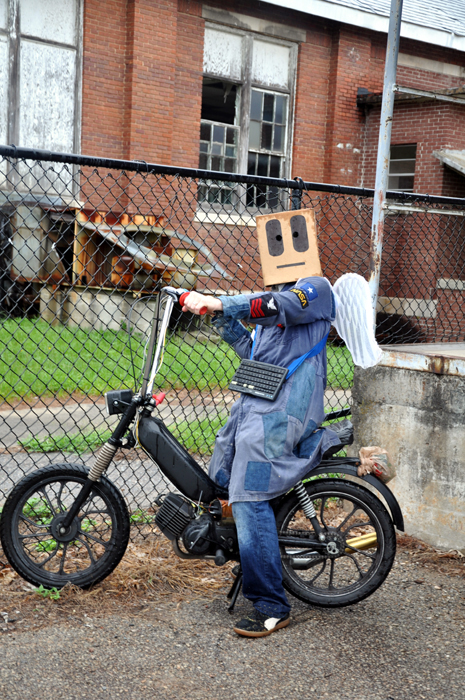
Slobot had a blast exploring the Bull Street campus of the South Carolina State Hospital! Slobot would like to thank the South Carolina Department of Mental Health, its staff and especially its law enforcement division, digitizingbullstreet.com, Real Mexico and YOU! |
